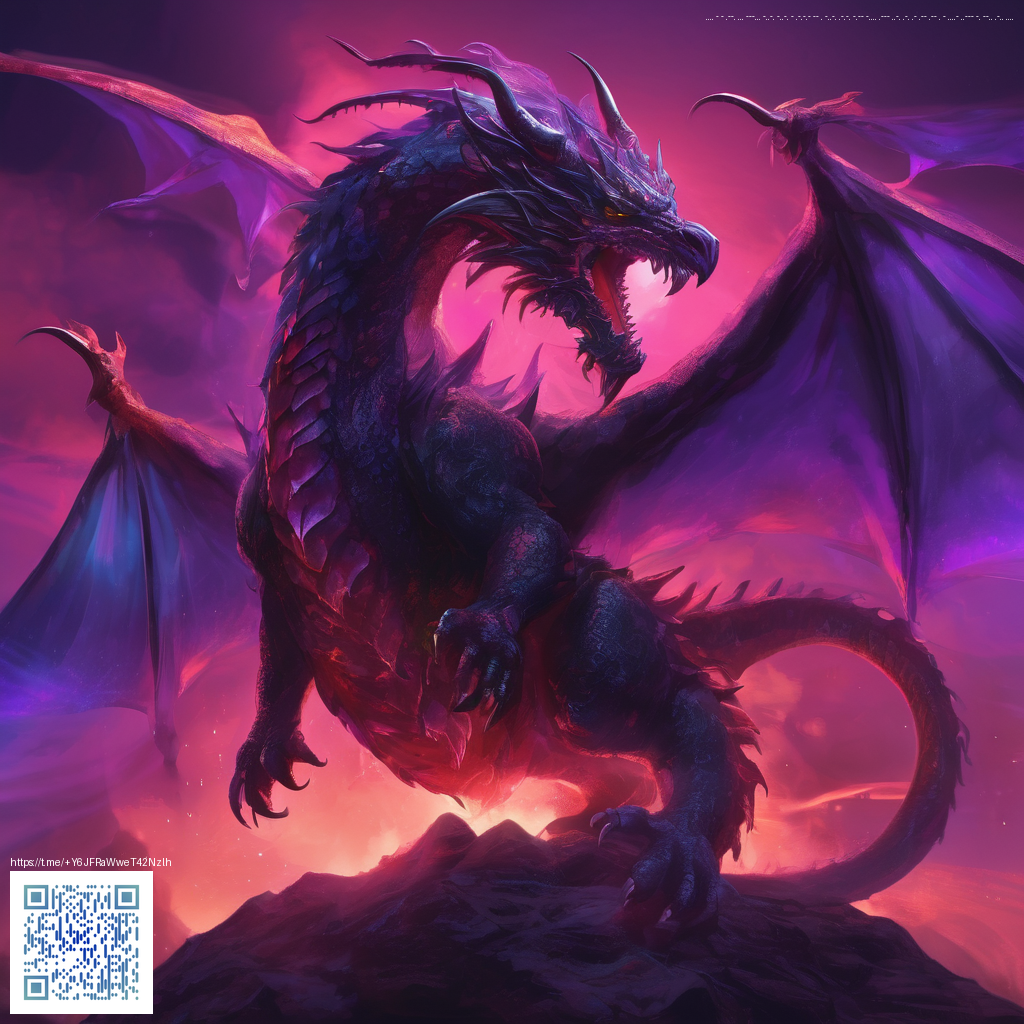
Harnessing Yellow Terracotta in Jungle Builds for Creative Survival
Jungle biomes are a playground for bold architecture and bright color blocks. The warm glow of Yellow Terracotta cuts through the greens of vines and leaves, helping structures read clearly from a distance. In creative survival worlds you can experiment with dense treehouses, sunlit temples, and winding path networks that feel alive in a jungle setting. This stone like clay block gives you a cheerful yet grounded tool to define spaces with style.
Understanding how Yellow Terracotta behaves in the game helps you plan builds that last under pressure. The block carries a hardness of 1.25 and a respectable blast resistance, meaning it resists the routine wear of exploration and small scale explosions while still being easy enough to mine with standard pickaxes. It is not transparent and does not emit light, so you’ll want to pair it with lighting or glass to keep interiors welcoming. When you break Yellow Terracotta you get the block itself as a drop, which makes it convenient for iterative designs and re tooling as your jungle base evolves.
Color theory and palette pairing in jungle environments
Yellow Terracotta shines when paired with the rich greens and earthy browns of jungle builds. It functions as a warm accent rather than a dominant wall block, so you can use it to frame doorways, highlight stair landings, or mark important rooms. Try alternating strips of Yellow Terracotta with mossy or dark oak blocks to create rhythm along walls. For roof details or balcony railings in tree houses, yellow corners can catch the light at sunrise and sunset, giving your project a living glow 🧱.
Building tips you can try
- Use Yellow Terracotta in 1 2 block patterns to create bold frames around windows and doors. The solid color helps the frame stand out against jungle vines.
- Combine with stairs and slabs to craft gentle bevels along edges. This helps the geometry read cleanly in dense foliage and reduces harsh block transitions.
- Create signage or map walls by placing small patches of yellow against a darker base. This makes navigational points pop without overpowering the landscape.
- In floors and courtyards, pair Yellow Terracotta with light sources behind thin glass panes to achieve a warm glow during dusk without needing excessive lighting.
When designing in a jungle setting you can lean into patterns that echo natural geometry. A common approach is to build repeating 2 by 2 blocks of Yellow Terracotta to establish a sunny motif, then break the rhythm with irregular shapes using jungle wood or bamboo for organic variation. Subtle texture comes from combining hard blocks with softer materials like wool or concrete powder in muted tones, letting the yellow finish remain the focal point without overwhelming the scene.
Practical techniques for creative survival play
With Yellow Terracotta you can craft durable wall surfaces that still feel vibrant. In survival friendly creative modes you can place blocks quickly to sketch silhouettes of towers, terraces, and interior courtyards. A steady pattern of yellow against a green canopy helps players navigate large builds, especially when multiple structures share a common color language. Remember to plan flood and rain visuals by using overhangs and sheltered walkways that keep interior spaces bright even on cloudy days.
For players who enjoy pixel art style details, Yellow Terracotta can serve as a bright base color for character murals or decorative mosaics. Its solid look reads well at a distance, and you can layer it with lighter or darker shades to imply shading. The block does not filter light, so you may want to integrate glass or glow items to avoid dark corners that can hide mobs. As you place blocks, keep an eye on spacing and alignment so the overall composition remains cohesive as your jungle world expands 🧭.
Techniques from the modding and community scene
Builders who explore across versions and mod packs often treat Yellow Terracotta as a reliable palette anchor. Texture packs and resource mods can intensify its warmth, while shader packs shift its tone from sunny to honeyed depending on lighting angles. Community tutorials frequently highlight how Yellow Terracotta pairs with terracotta mosaics, brick textures, and stained glass for vibrant temples and market districts. If you are experimenting with automation or redstone driven features, consider Yellow Terracotta as a crisp boundary color that helps you identify wiring routes and machine placements at a glance.
In creative survival worlds the practical side matters as much as aesthetics. The block is relatively straightforward to gather and place, which makes it ideal for early to mid stage projects when you are building out a jungle base. Its durability means walls and walkways that see heavy player traffic will hold up well, giving you more time to focus on layout and storytelling rather than frequent maintenance. As you expand, you can weave Yellow Terracotta into larger schemes such as courtyard gardens, temple sanctums, and cliff ledges to create a sense of continuity across multiple builds.
One last note on process and presentation. Use patterns and color grouping consistently, so your jungle world feels intentional rather than a patchwork of bright blocks. The result is a space that invites exploration and pays homage to the lush ecosystem around you. The Yellow Terracotta acts as a beacon that guides attention toward key features such as entrances, stairways, and central courtyards while harmonizing with the natural surroundings of the jungle biome. This calm yet cheerful approach can elevate your creative survival projects into memorable landmarks 🧩.
If you believe in the value of open community spaces and collaborative builds, consider supporting the broader Minecraft ecosystem. Your contribution helps keep tutorials, resources, and community showcases accessible for builders at every level.
Support Our Minecraft Projects